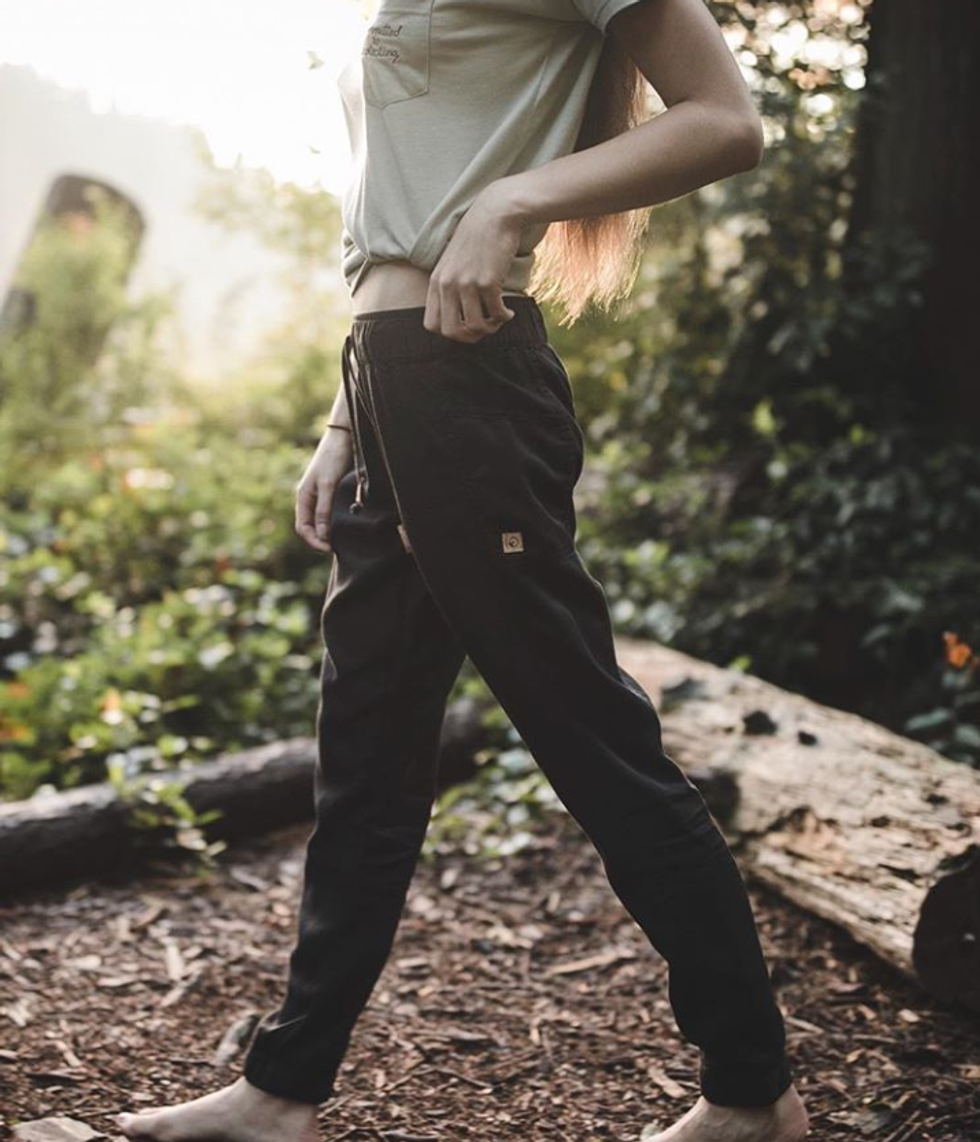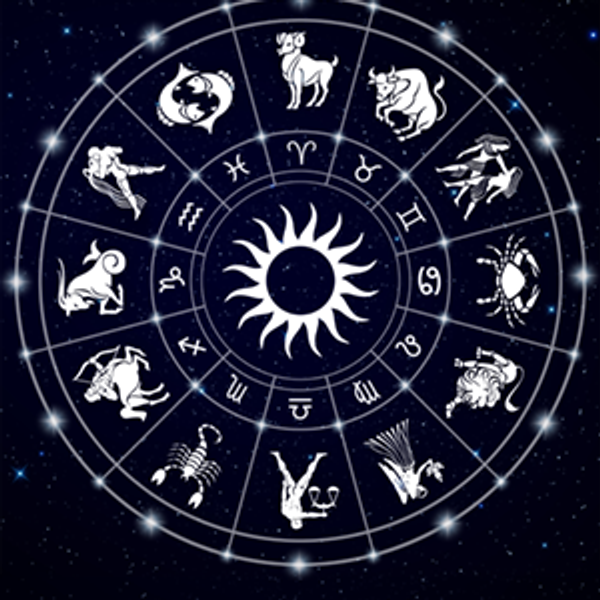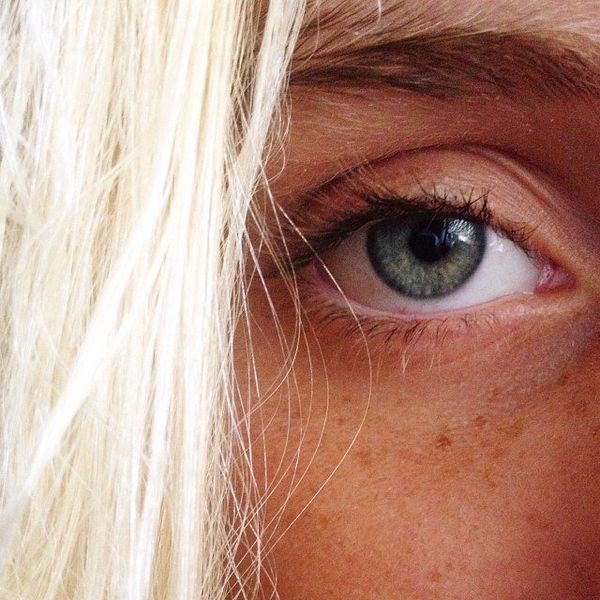Fibonacci Sequence Examples: 7 Beautiful Instances In Nature
Nature is beautiful (and so is math). The last one will blow your mind.
Yes, the math major is doing a math-related post. What are the odds? I'll have to calculate it later. Many people have probably learned about the Fibonacci sequence in their high school math classes. However, I thought I would just refresh everyone's memories and show how math can be beautiful and apply to physical things everywhere around us with stunning examples.
Math doesn't have to be anxiety-inducing or tax calculating; it can be cool and amazing too. For those who are unfamiliar, Fibonacci (real name Leonardo Bonacci) was a mathematician who developed the Fibonacci sequence. The sequence is found by adding the previous two numbers of the sequence together. It looks like this: 0, 1, 1, 2, 3, 5, 8, 13, 21, 34... And on it goes.
The Fibonacci sequence is found all throughout nature, too. It is a natural occurrence that different things develop based upon the sequence.
1. Shells

As you may have guessed by the curve in the box example above, shells follow the progressive proportional increase of the Fibonacci sequence. Shells are probably the most famous example of the sequence because the lines are very clean and clear to see. They are also fun to collect and display. And then, there you have it! You're own little piece of math.
2. Trees

Tree -- we see them everywhere, but do you look and analyze the structure of how the branches grow out of the tree and each other? No, because you're normal and have better things to do. But if you did, you would see the Fibonacci sequence evolve out of the trunk and spiral and grow the taller and larger the tree becomes. Some truly majestic trees are in existence today, utilizing this pattern.
3. Flower Pistils

The part of the flower in the middle of the petals (the pistil) follows the Fibonacci sequence much more intensely than other pieces of nature, but the result is an incredible piece of art. The pattern formed by the curve the sequence creates used repeatedly produces a lovely and intricate design.
4. Flower Petals

Flowers of all kinds follow the pattern, but roses are my favorite kind to use as an example of the Fibonacci sequence. I like it because the petals aren't spread out and the spiral is more obvious and clear, like with the shell. The petals unfold more and more and the sequence increases. Roses are beautiful (and so is math).
5. Leaves

Leaves follow Fibonacci both when growing off branches and stems and in their veins. I, personally, find the veins much more interesting and amazing to look at. Similar to a tree, leaf veins branch off more and more in the outward proportional increments of the Fibonacci sequence.
6. Storms

Specifically hurricanes and tornadoes, many storm systems follow the Fibonacci sequence. I suppose this is not beautiful, but more interesting. On a map, at least, hurricanes look cool. I guess we could say this example proves math can be beautiful and destructive.
7. You!
Yes! You are an example of the beauty of the Fibonacci sequence. The human body has various representations of the Fibonacci sequence proportions, from your face to your ear to your hands and beyond! You have now been proven to be mathematically gorgeous, so go forth and be beautiful! ...and maybe think math is a little bit better than you first thought?



















 woman in red and black striped long sleeve shirt and blue denim jeans sitting on brownPhoto by
woman in red and black striped long sleeve shirt and blue denim jeans sitting on brownPhoto by 





















